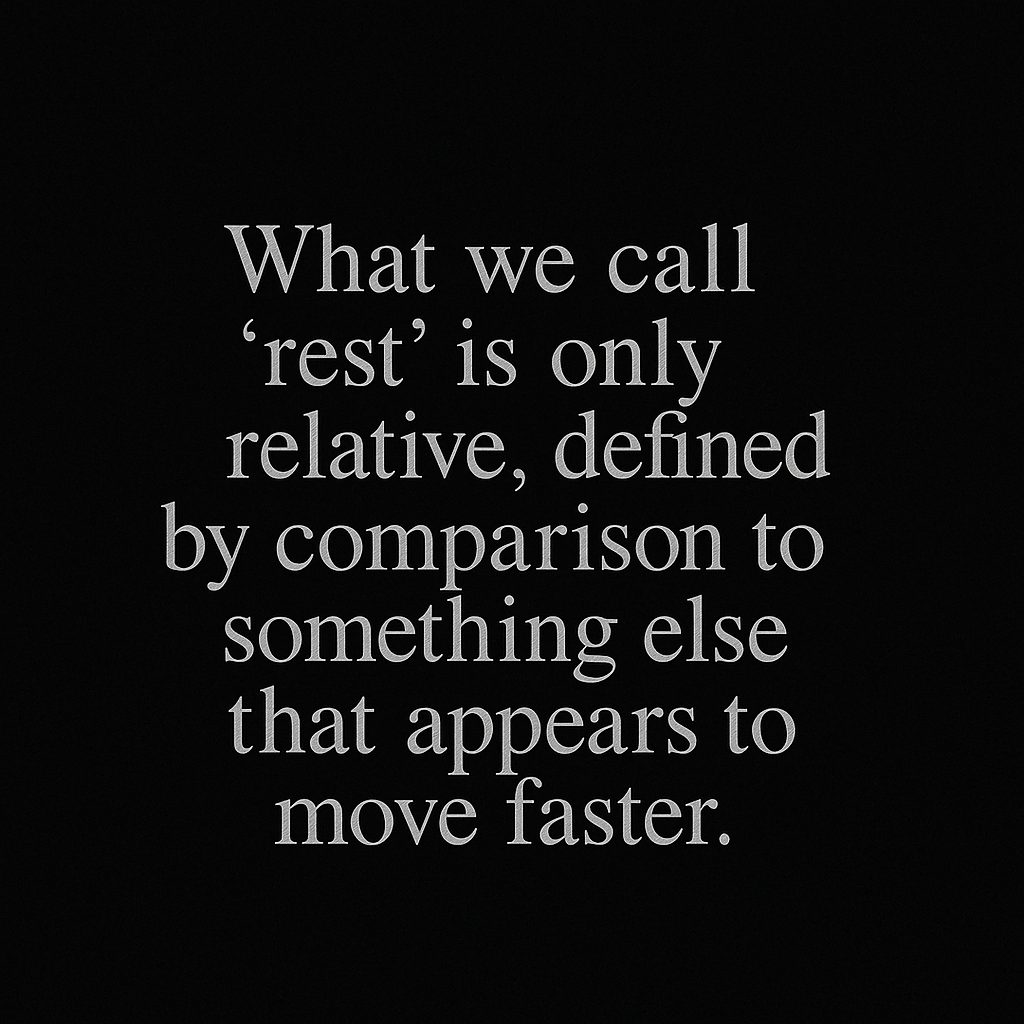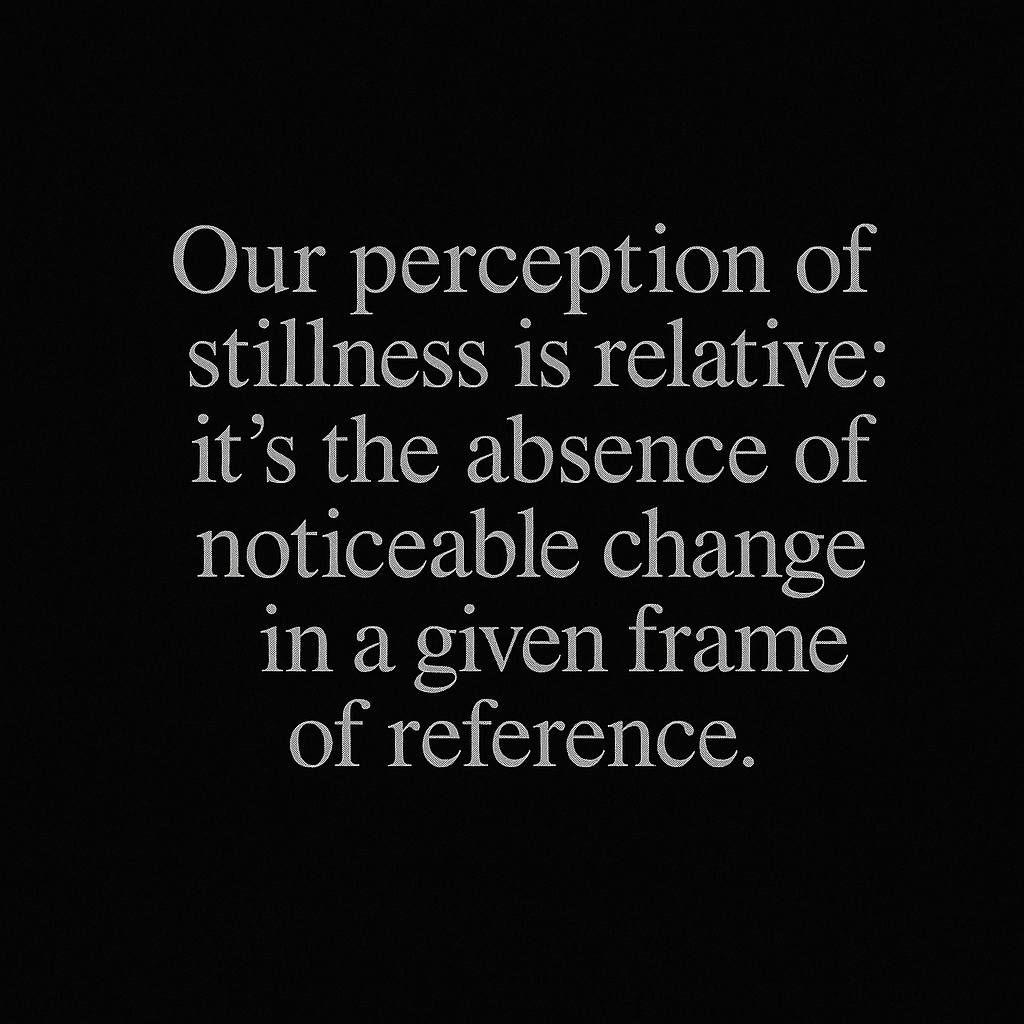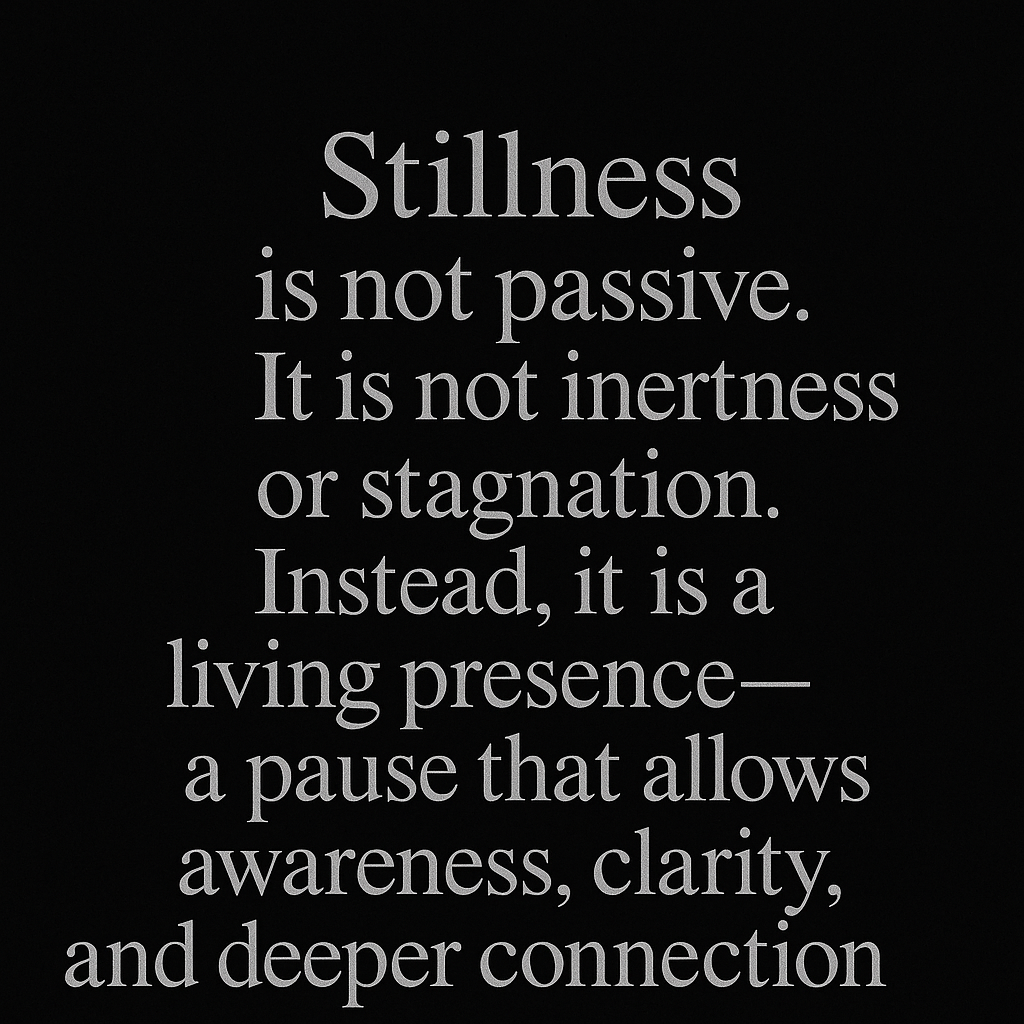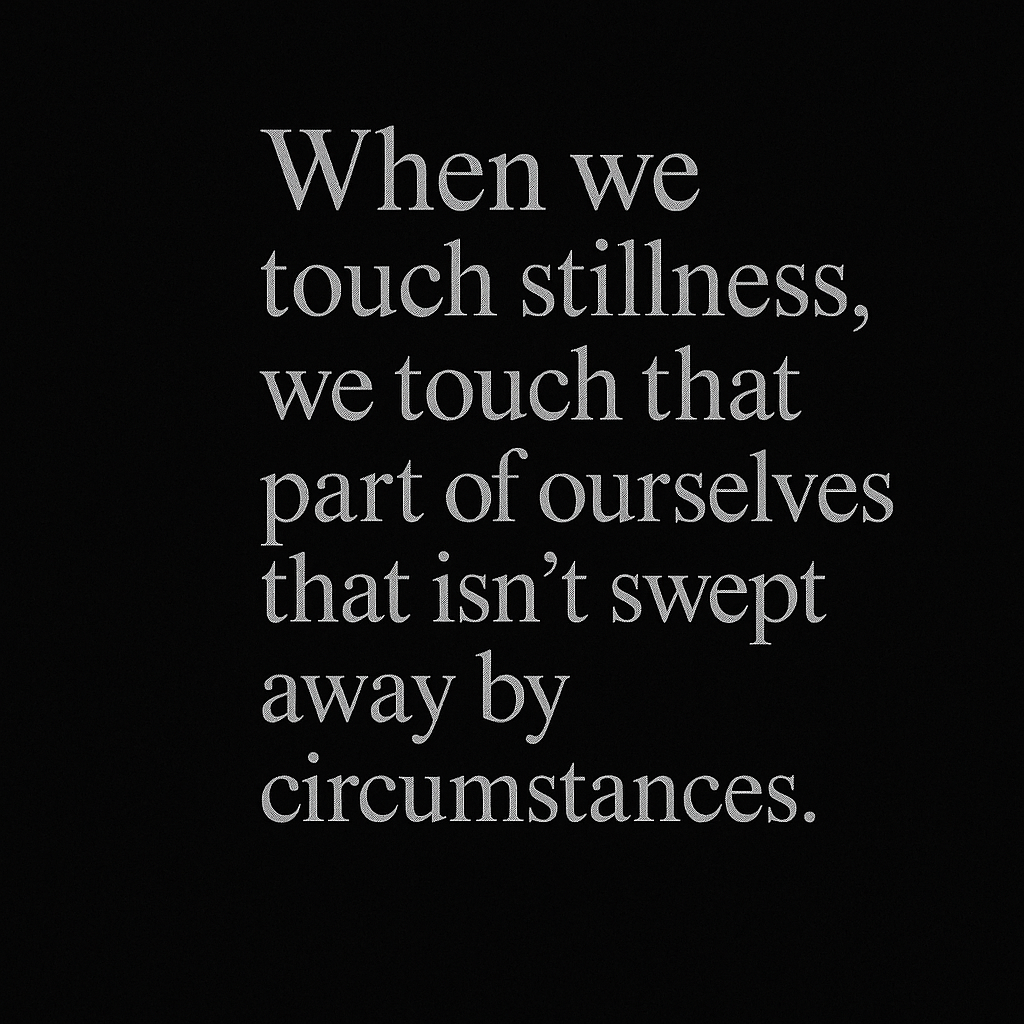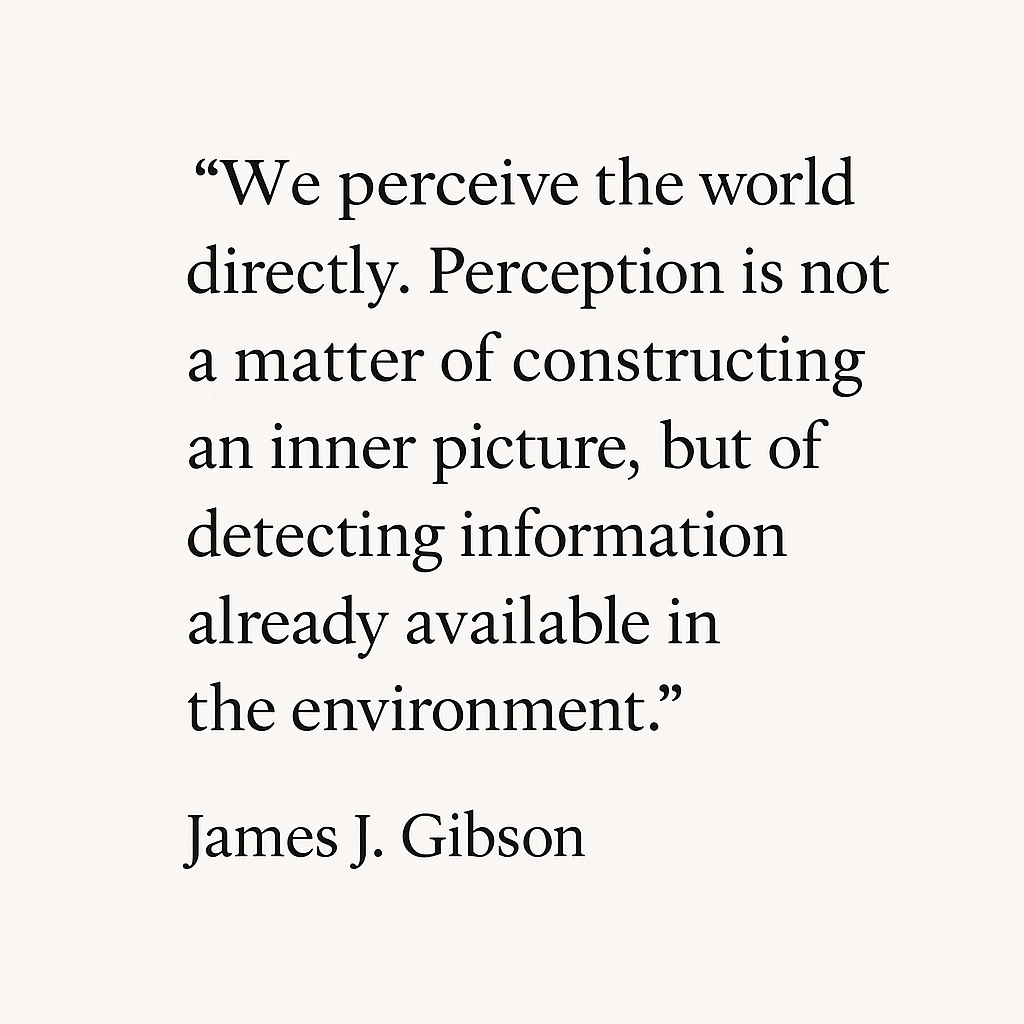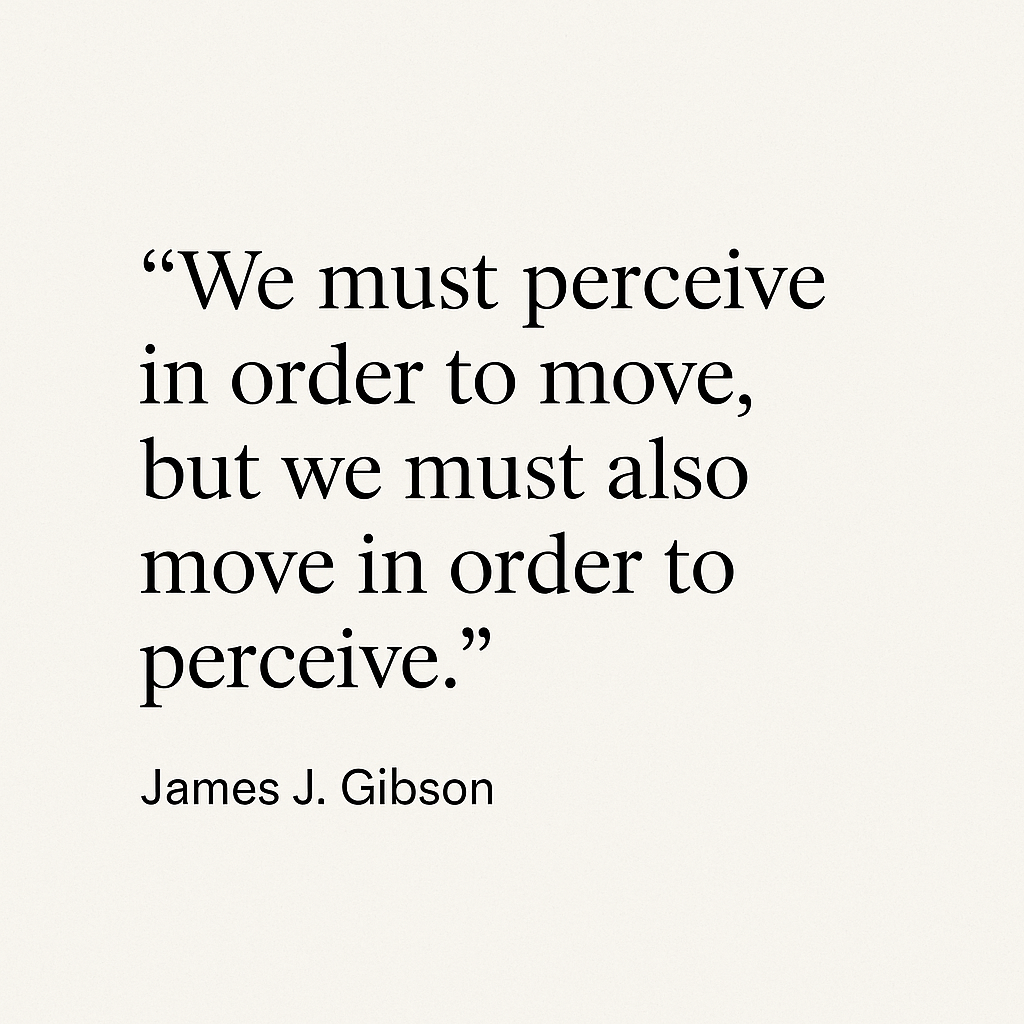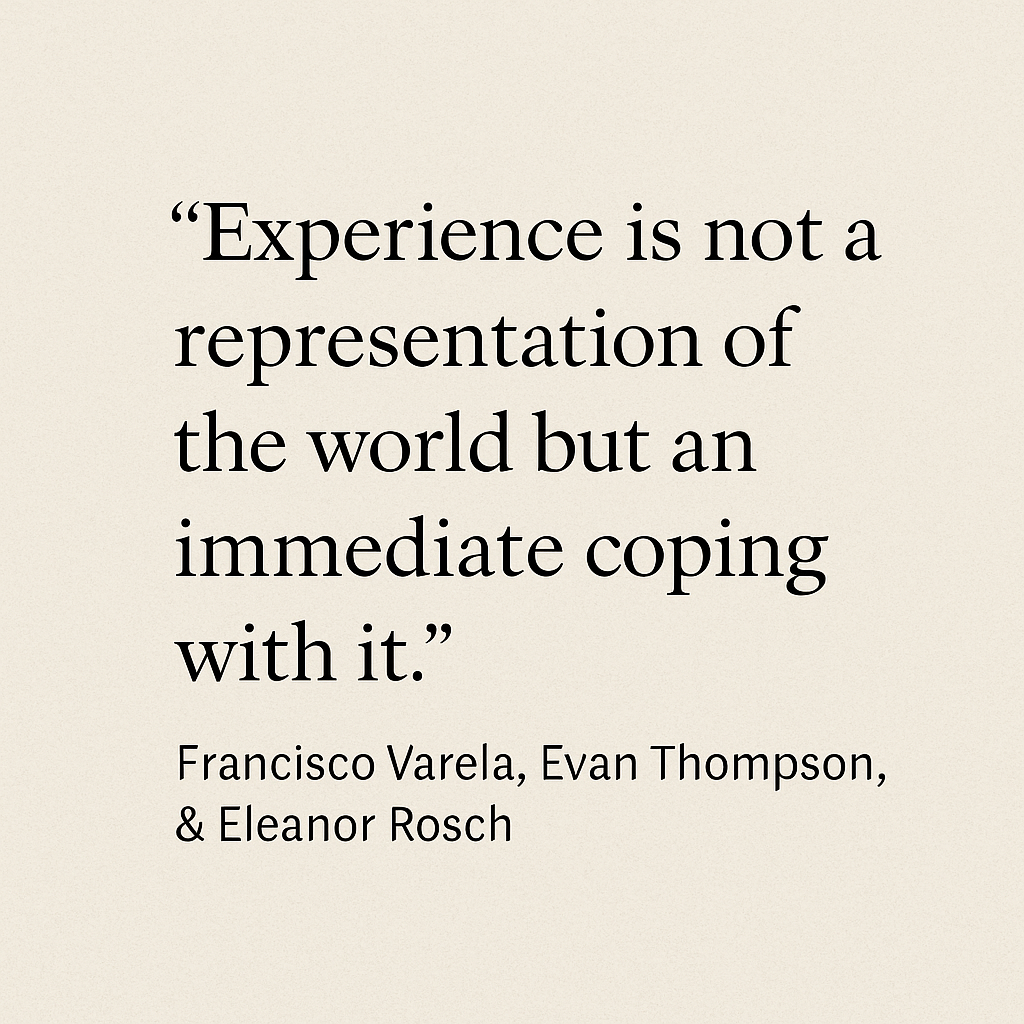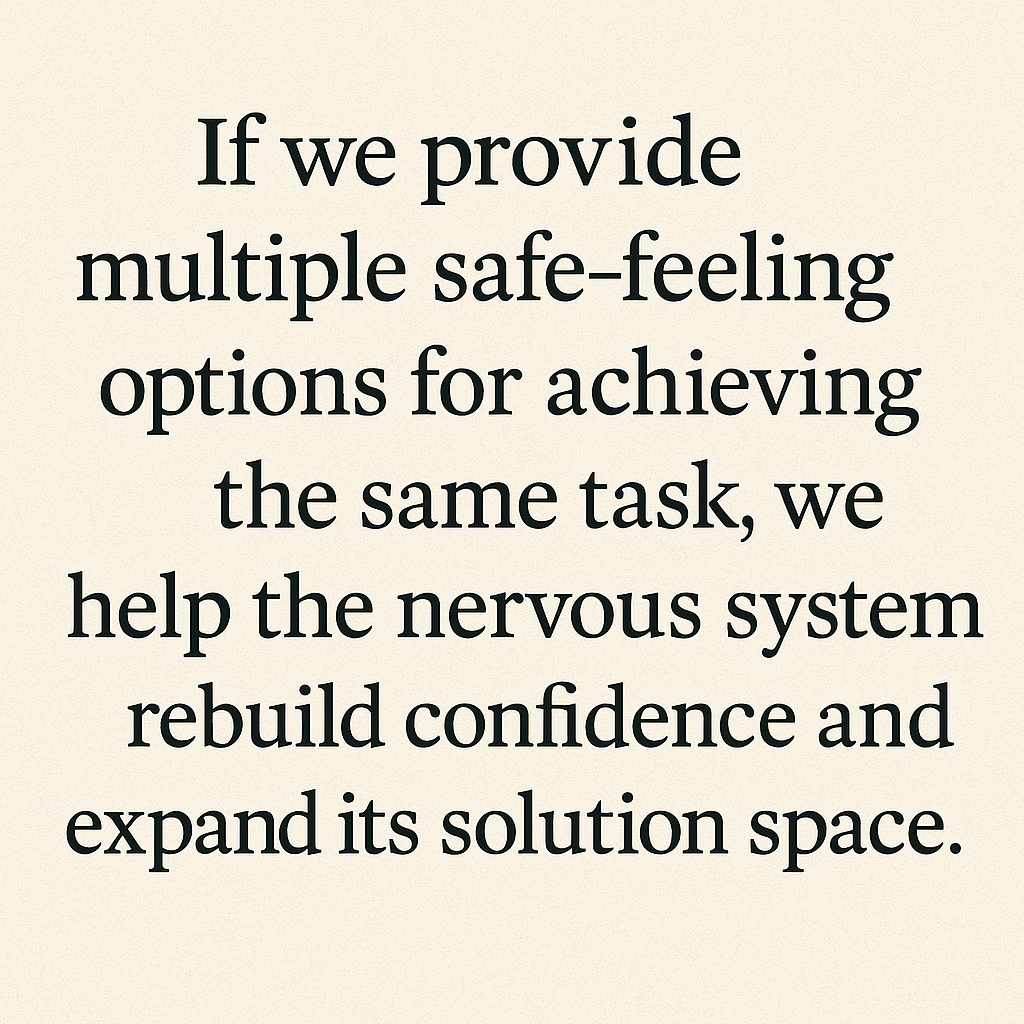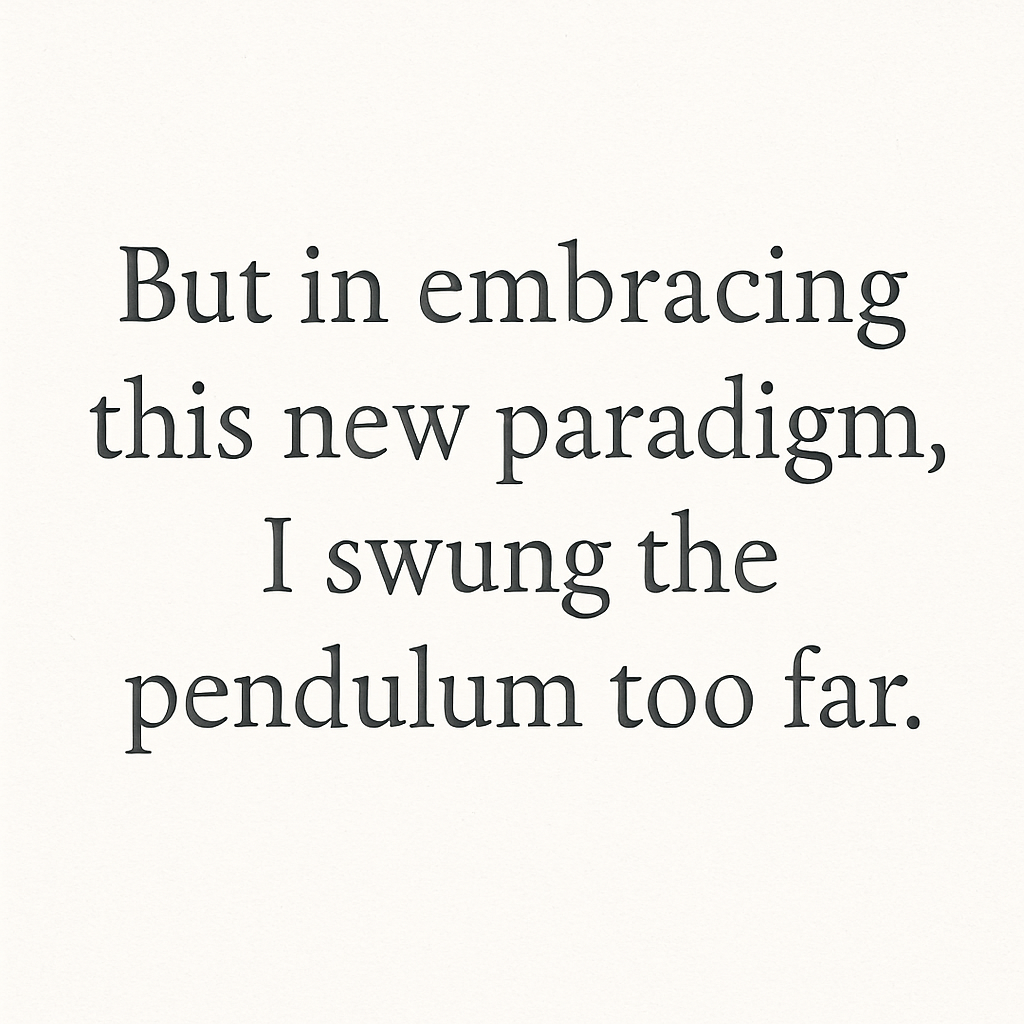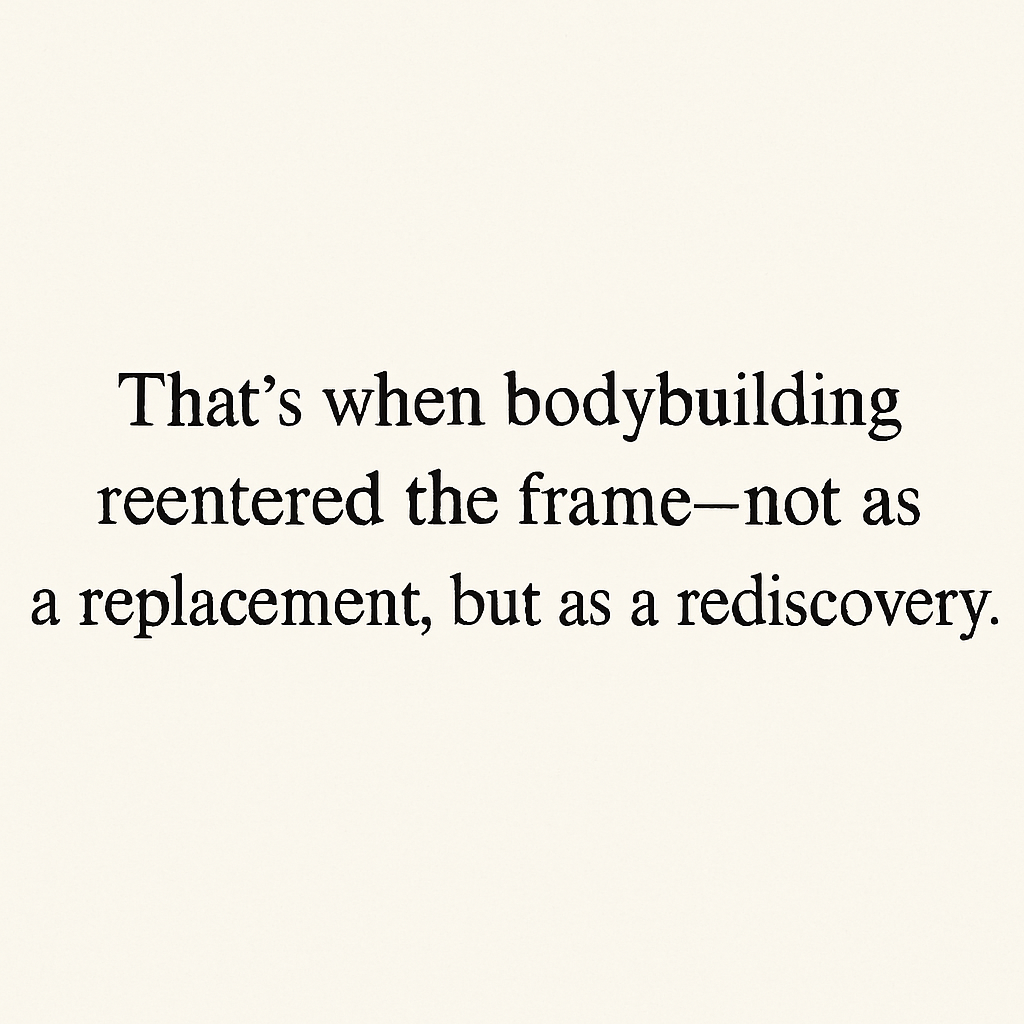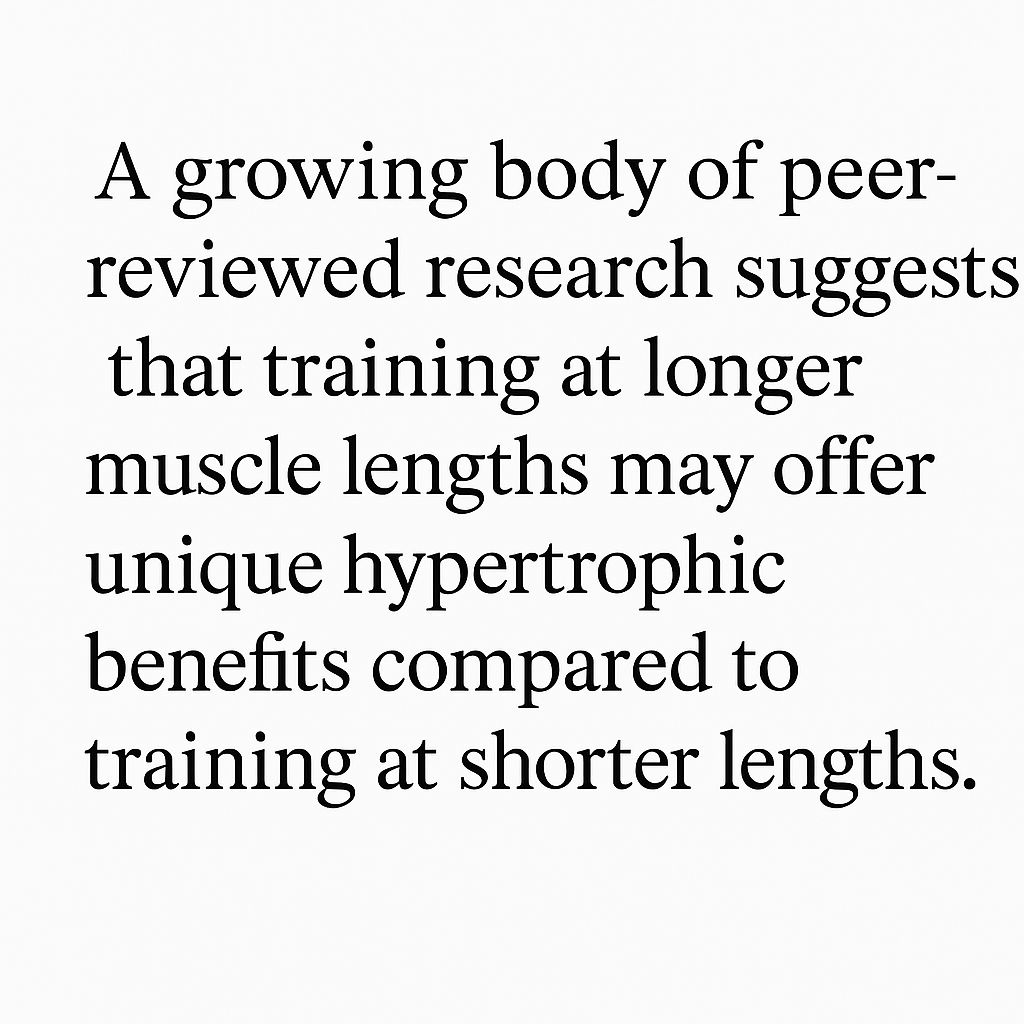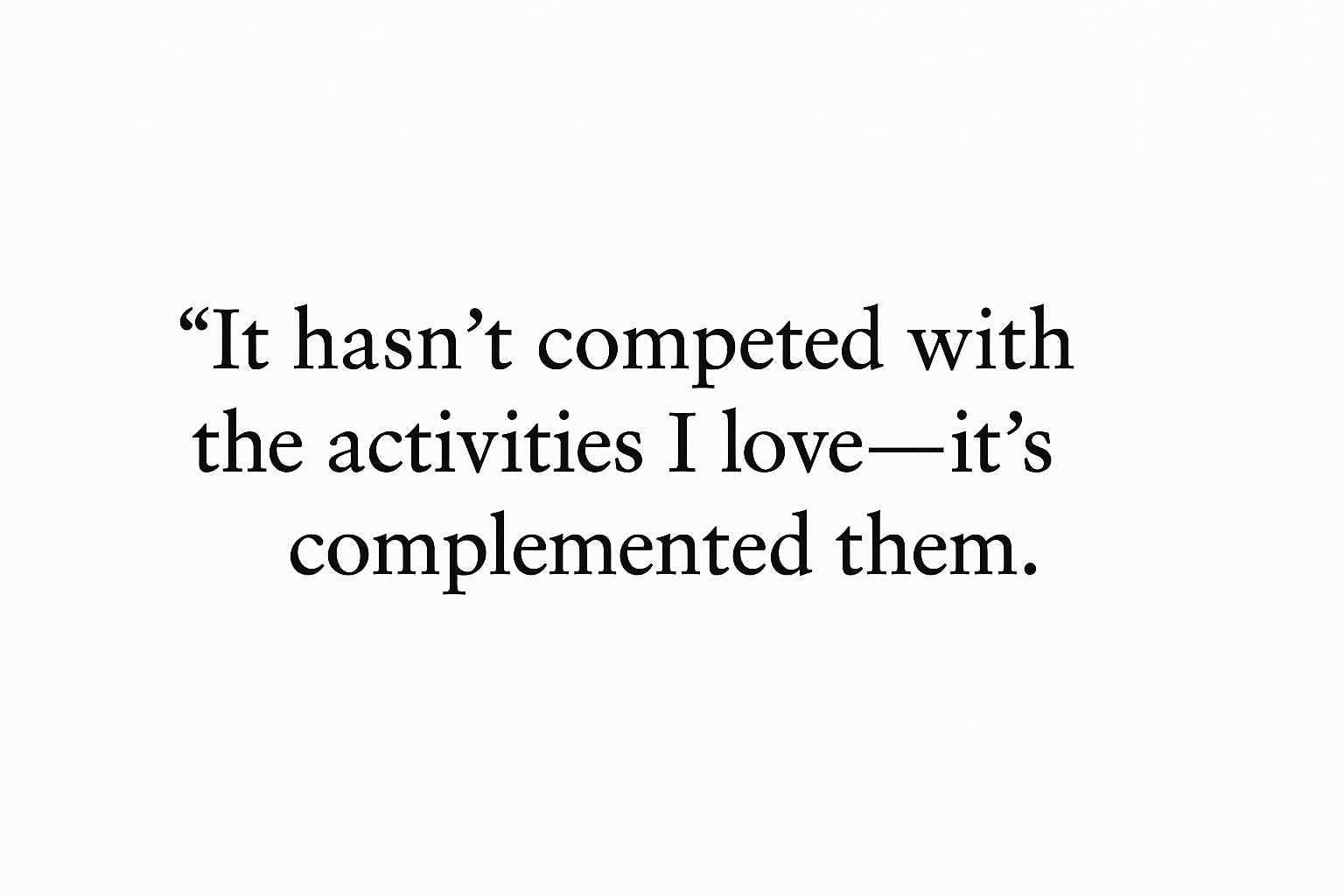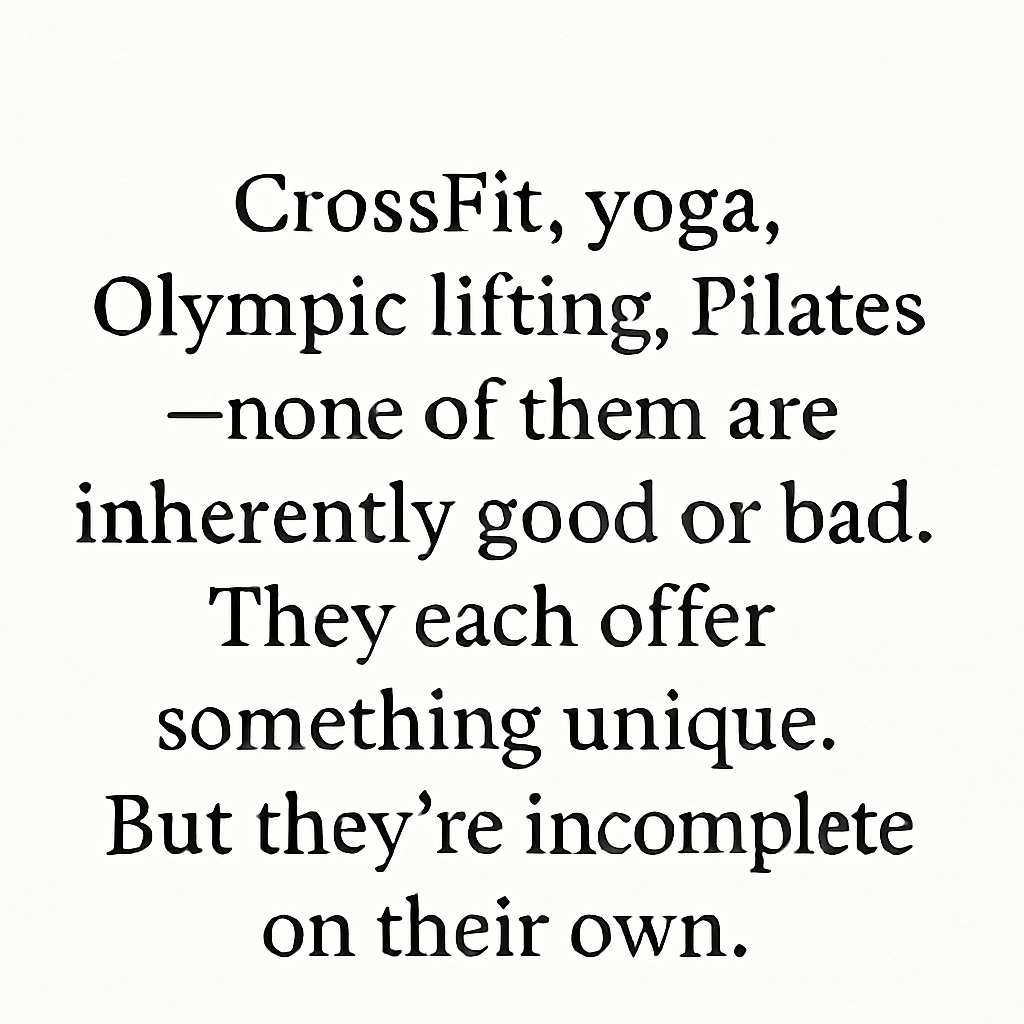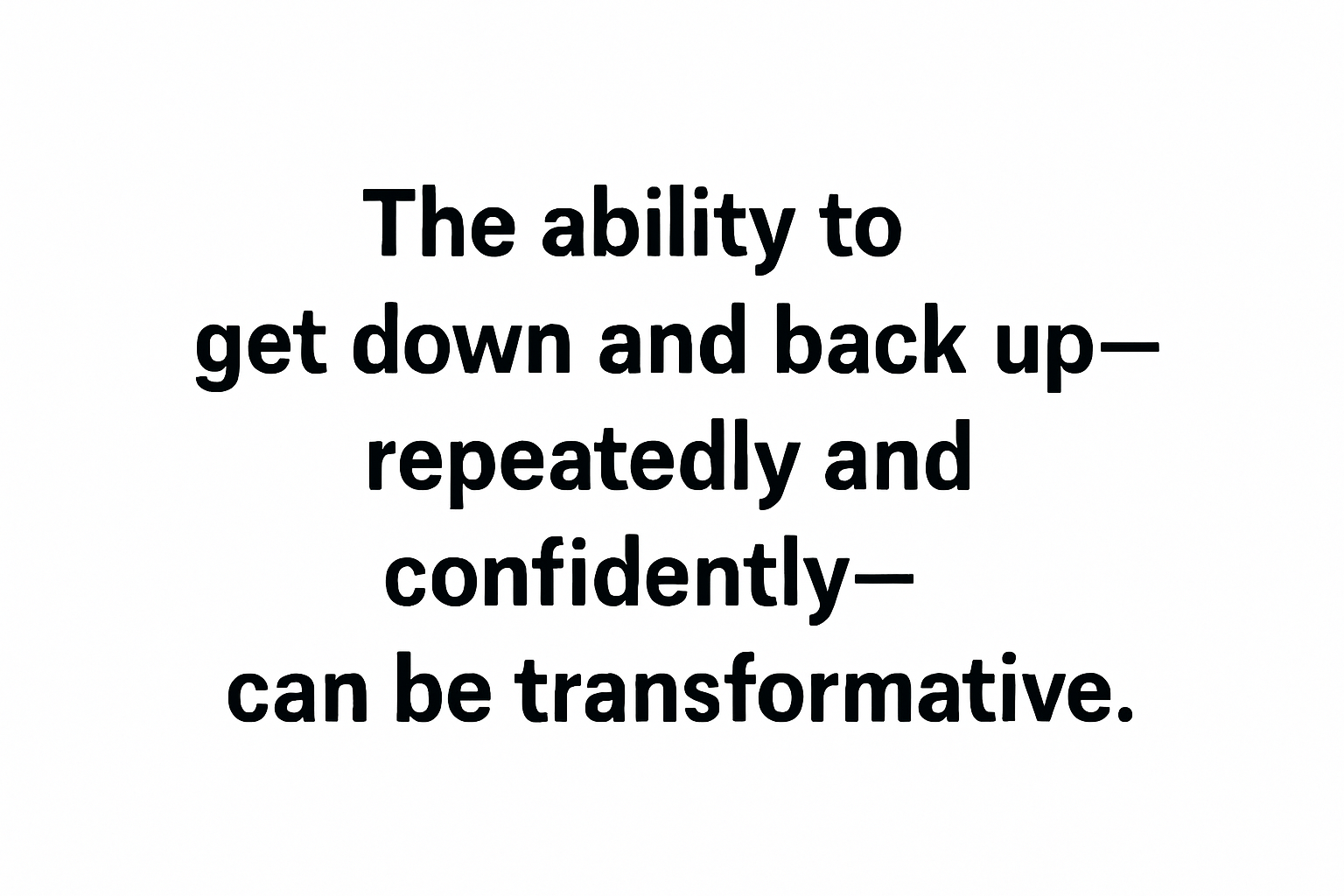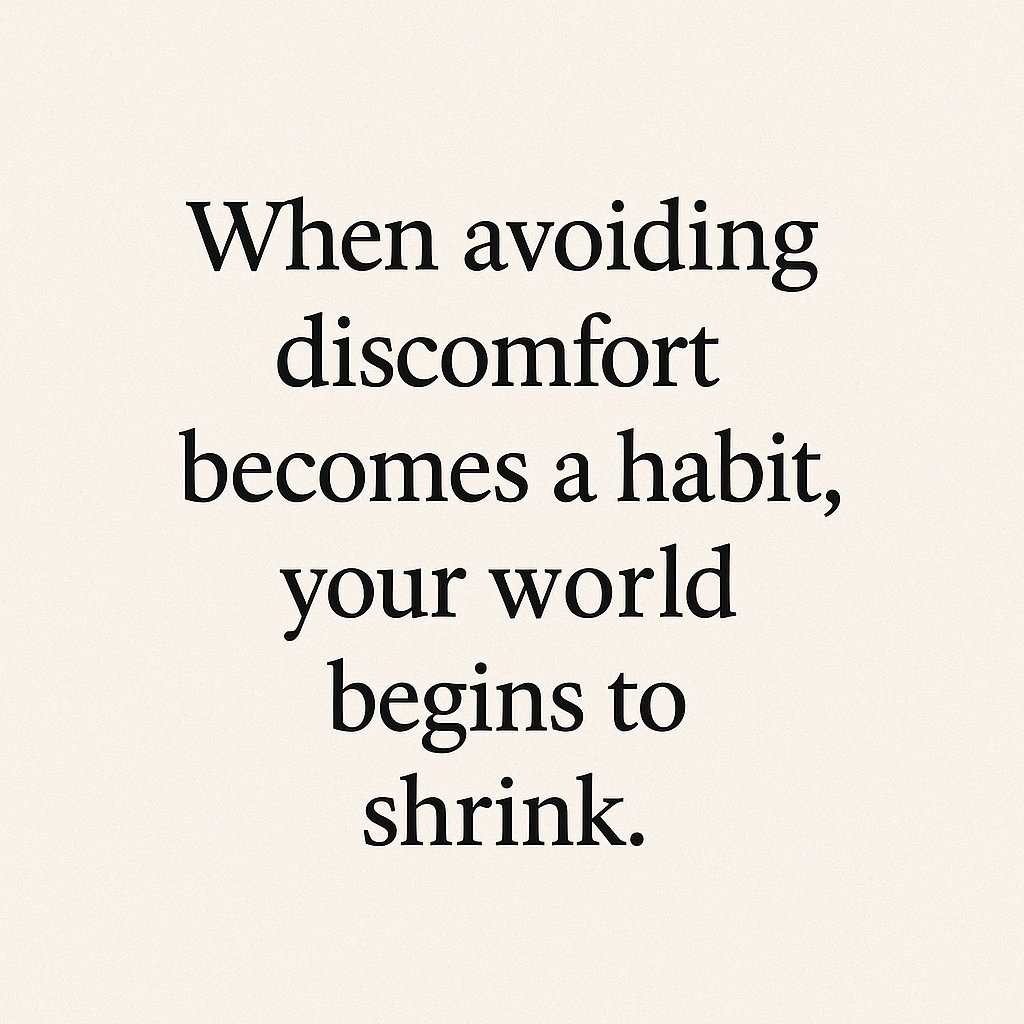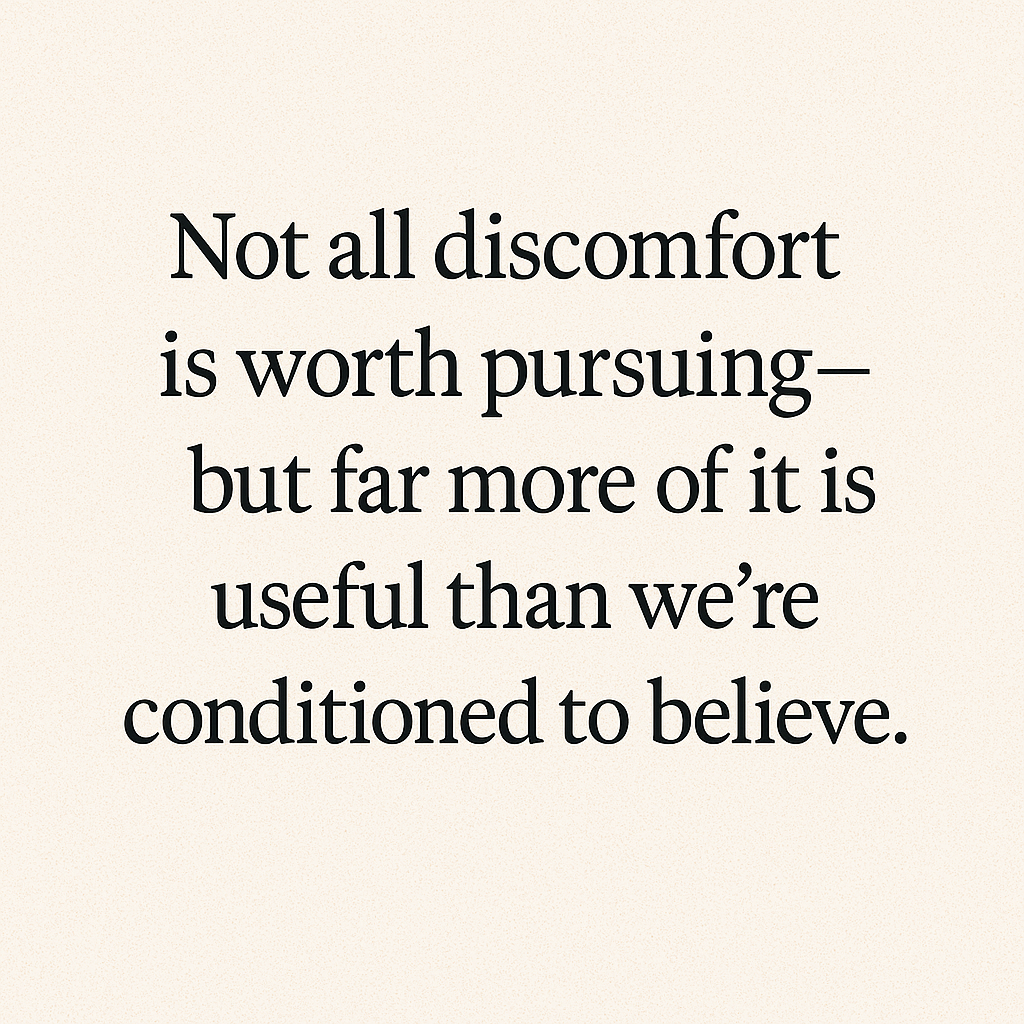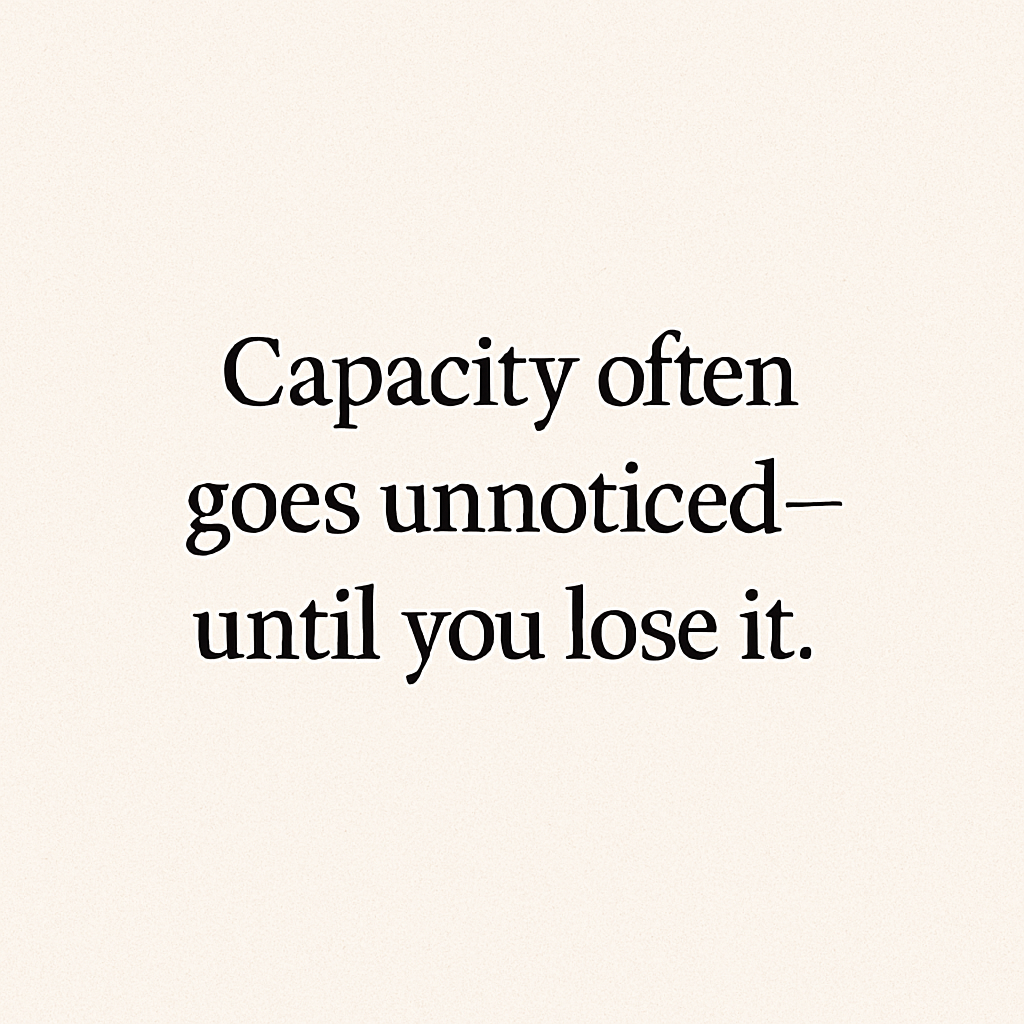Early in a clinician’s career, curiosity spreads wide. You want to learn everything—every method, every model, every “secret” that promises to make you better. You dive into continuing education courses, podcasts, textbooks, and case studies. You absorb fragments of manual therapy, strength training, neurology, psychology, breathwork, gait mechanics, and pain science.
This is the stage of knowing a little about a lot.
And it’s not a mistake. It’s a necessary stage of development.
When you’re just starting out, you don’t yet know what resonates. You haven’t treated enough people to identify what patterns truly matter, or what principles align with your values. So you explore. You experiment. You gather inputs from as many directions as possible.
That wide-angle curiosity builds context. It helps you understand the terrain of your profession—how different disciplines overlap, where they contradict, and what each one contributes to a fuller understanding of the human system. You start to see that movement, behavior, emotion, and physiology are not separate topics, but different expressions of the same reality.
At this stage, breadth equals opportunity.
You learn not to anchor too quickly. Sampling broadly protects you from premature certainty. It allows you to see the range of what’s possible before deciding what’s essential.
The Turning Point: When Breadth Becomes Noise
But eventually, you reach a point where your curiosity starts to outgrow its usefulness.
You’ve collected dozens of certifications, hundreds of cues, and more frameworks than you can remember. You can quote five different experts on the same topic—and they all say slightly different things.
Your bookshelf looks impressive, but your clinical reasoning starts to feel cluttered.
You begin to realize that knowing a little about a lot can become its own trap. It leaves you rich in information but poor in integration. You can talk endlessly about ideas, but you struggle to apply them coherently when faced with the complexity of a real human being in front of you.
That’s when the question shifts. You stop asking, “What else can I learn?” and start asking, “What connects what I already know?”
You start to crave depth.
This marks the natural pivot toward knowing a lot about a little—a move away from accumulation and toward understanding. It’s not about losing curiosity; it’s about refining it.
Depth Creates Coherence
With more years under your belt, you start noticing recurring patterns. Principles that once seemed isolated begin to echo across contexts.
You realize that the way a client breathes shapes how they stabilize their pelvis. The way they manage pressure influences how they perceive threat. The way they organize their ribcage relates to how they orient through space.
You no longer see “strength training,” “mobility,” and “rehab” as distinct silos. They’re just different entry points into the same underlying system.
This is the gift of depth: coherence.
When you go deep enough into one principle—say, variability, pressure management, or sensory awareness—you begin to see it everywhere. Every method and model becomes a different dialect of the same language. You can move fluidly between them, because you understand the grammar underneath.
Depth allows you to simplify without being simplistic. You can strip away the non-essentials and still maintain richness, because your decisions are grounded in clear reasoning rather than memorized protocol.
The Paradox of Mastery
Ironically, once you know a lot about a little, your perspective broadens again—but in a more meaningful way.
You start to see how your deeper understanding applies outside the narrow lane you originally dug. You can listen to a new framework and instantly recognize its underlying logic, or where it breaks from first principles.
You no longer feel the need to defend a system or chase the latest trend. You appreciate them all for what they contribute, but you’re not defined by any of them.
That’s when you move from technician to craftsman.
You stop trying to replicate someone else’s recipe and start cooking intuitively, because you understand the chemistry behind it.
This maturity doesn’t make you less curious—it makes you selectively curious.
You’re no longer chasing novelty for novelty’s sake. You’re looking for resonance.
You can learn from anything, but you don’t feel compelled to learn everything.
The Clinical Progression
This evolution—breadth to depth to coherence—isn’t just about knowledge; it’s about perspective. It reflects how we mature as clinicians, teachers, and humans.
1. Early Exploration – Knowing a Little About a Lot
You’re driven by curiosity. You try different techniques, shadow mentors, and study varied systems. You say “yes” to everything because you don’t yet know what to say “no” to. You’re mapping the terrain.
2. Integration – Searching for Patterns
You start noticing overlaps. You recognize that ten different models are describing the same phenomenon through different metaphors. You question contradictions and chase clarity instead of volume.
3. Depth and Coherence – Knowing a Lot About a Little
You invest deeply in a few core principles. You see how they explain most of what you encounter clinically. You connect dots across disciplines and can teach others to think, not just to copy.
This is the natural rhythm of expertise: explore widely, integrate thoughtfully, refine deeply.
The Value of Both
The goal isn’t to choose one over the other.
Knowing a little about a lot helps you stay open and adaptive; knowing a lot about a little helps you become precise and effective.
Breadth builds empathy—you can meet people where they are.
Depth builds mastery—you can guide them where they need to go.
In truth, these phases form a cycle, not a straight line. Even the most seasoned clinician occasionally returns to beginner’s mind—exploring something new, uncertain, and uncomfortable. But now that exploration is guided by principles, not confusion.
The difference is that experience has taught you to recognize what belongs and what doesn’t.
The Common Thread
At its core, this entire progression reflects the same human process we try to teach our clients: adaptability.
Early on, your nervous system needs novelty to grow. Later, it needs organization to perform. The balance between exploration and refinement mirrors how we move, learn, and evolve as biological systems.
In the beginning, curiosity is the spark. With time, pattern recognition becomes the fuel. Eventually, coherence becomes the fire that sustains your work.
Closing Thought
When you know a little about a lot, you collect information.
When you know a lot about a little, you cultivate understanding.
The first expands your awareness; the second gives it structure.
You need both. But not at the same time.
Early curiosity helps you discover the landscape.
Deeper study helps you navigate it with clarity and purpose.
In the end, mastery isn’t about knowing everything—it’s about seeing the common threads that connect.
When your knowledge becomes coherent, your practice becomes art.
And that’s where the real growth begins.







